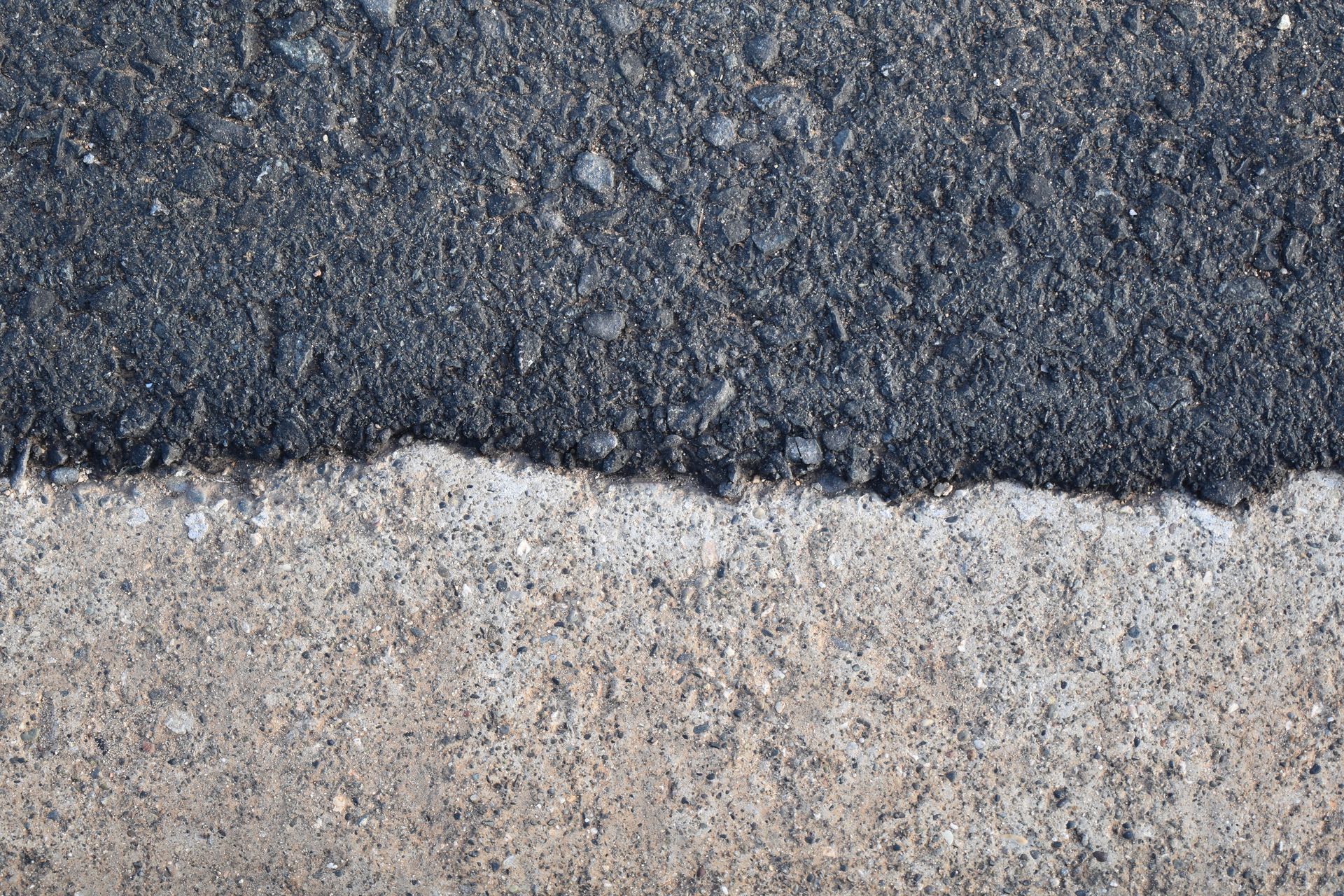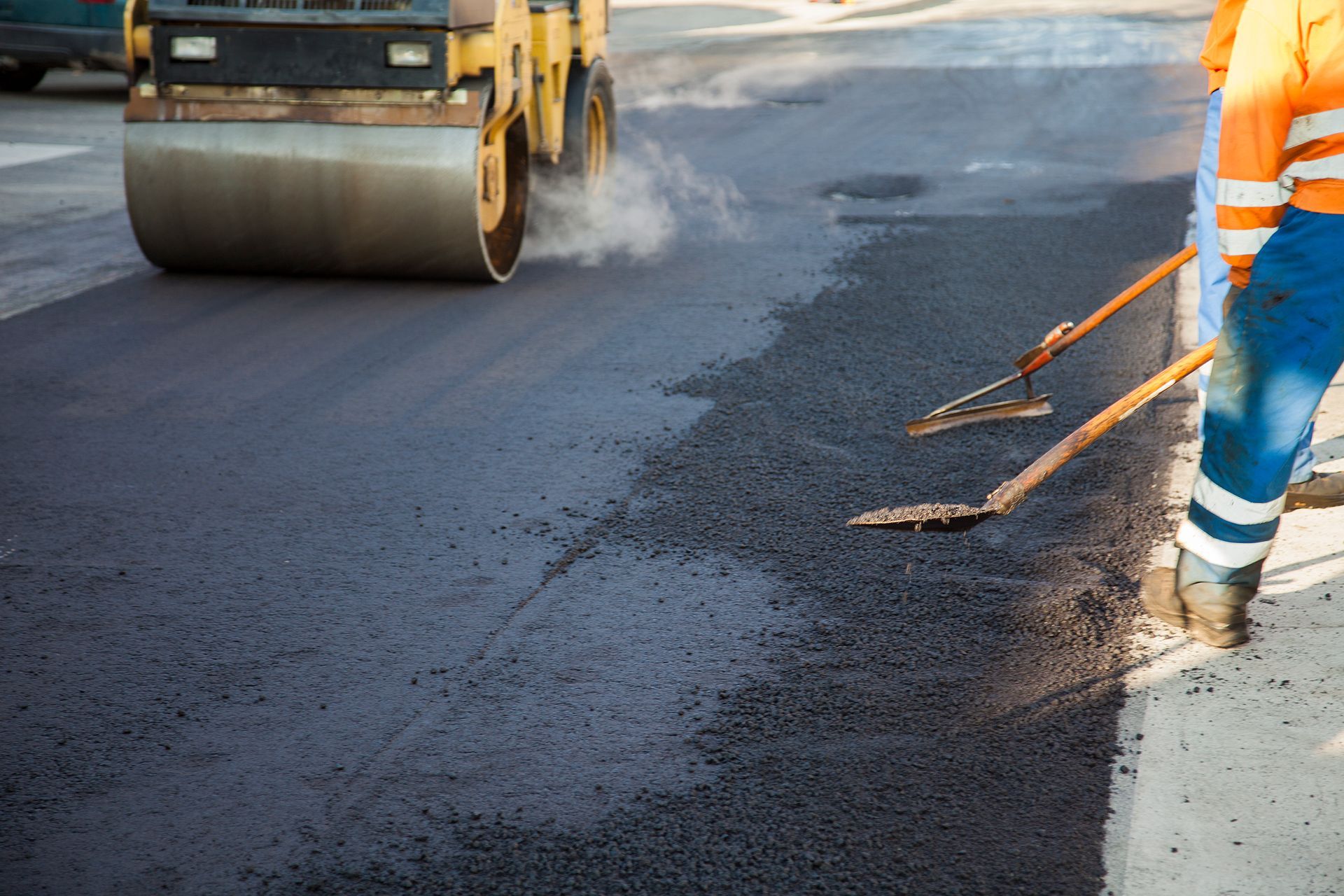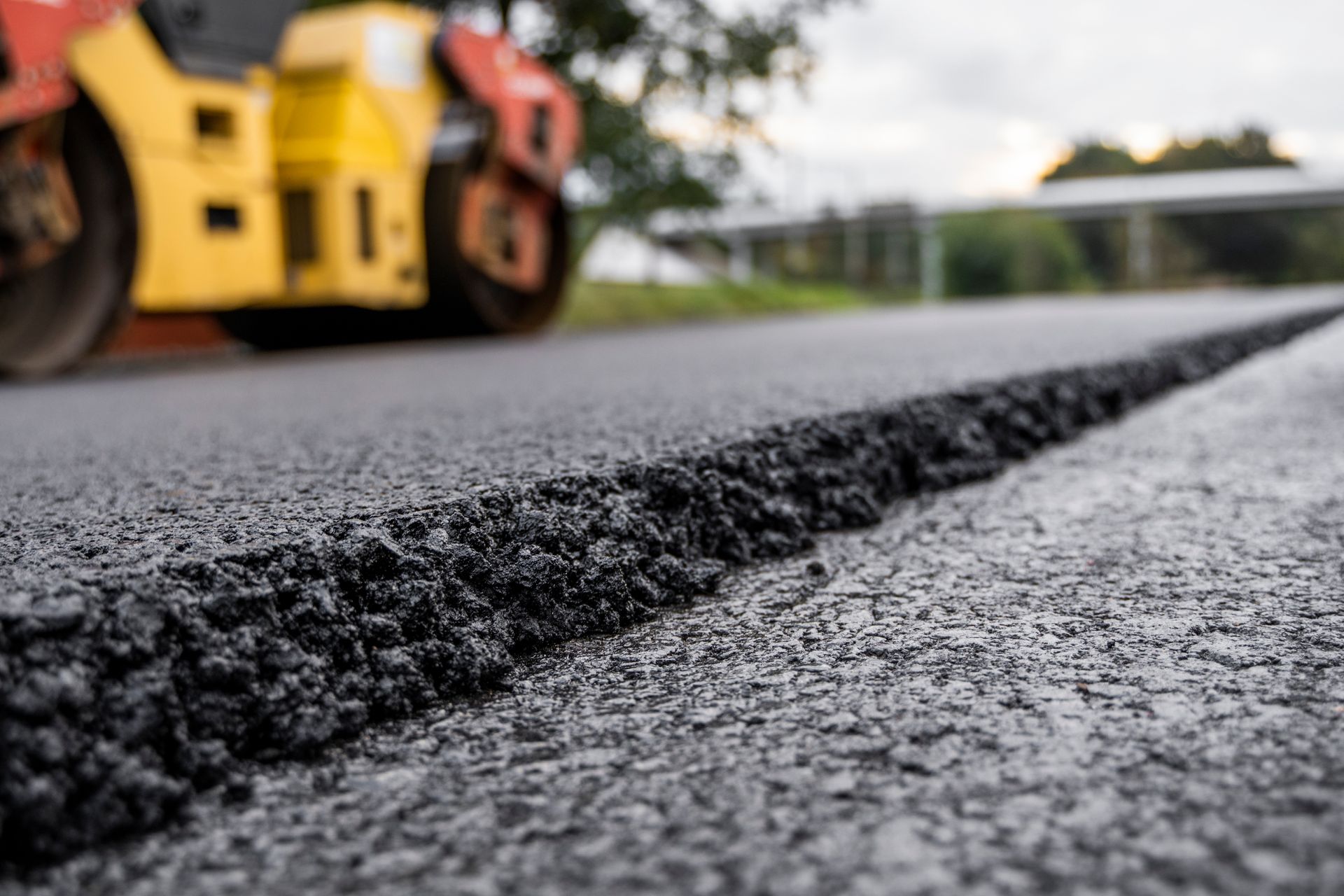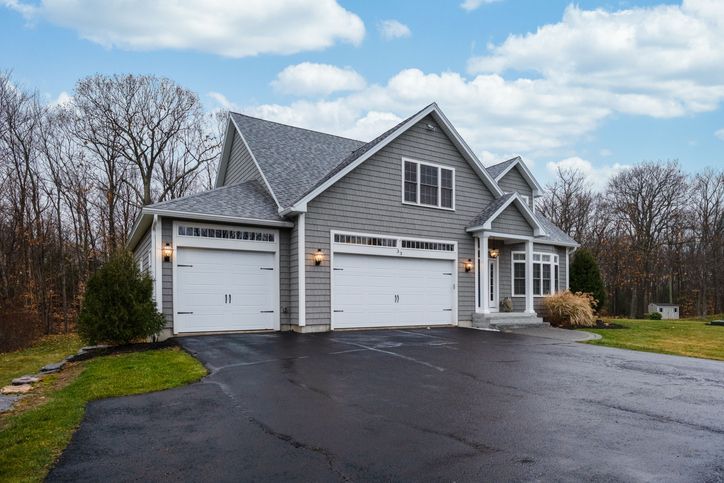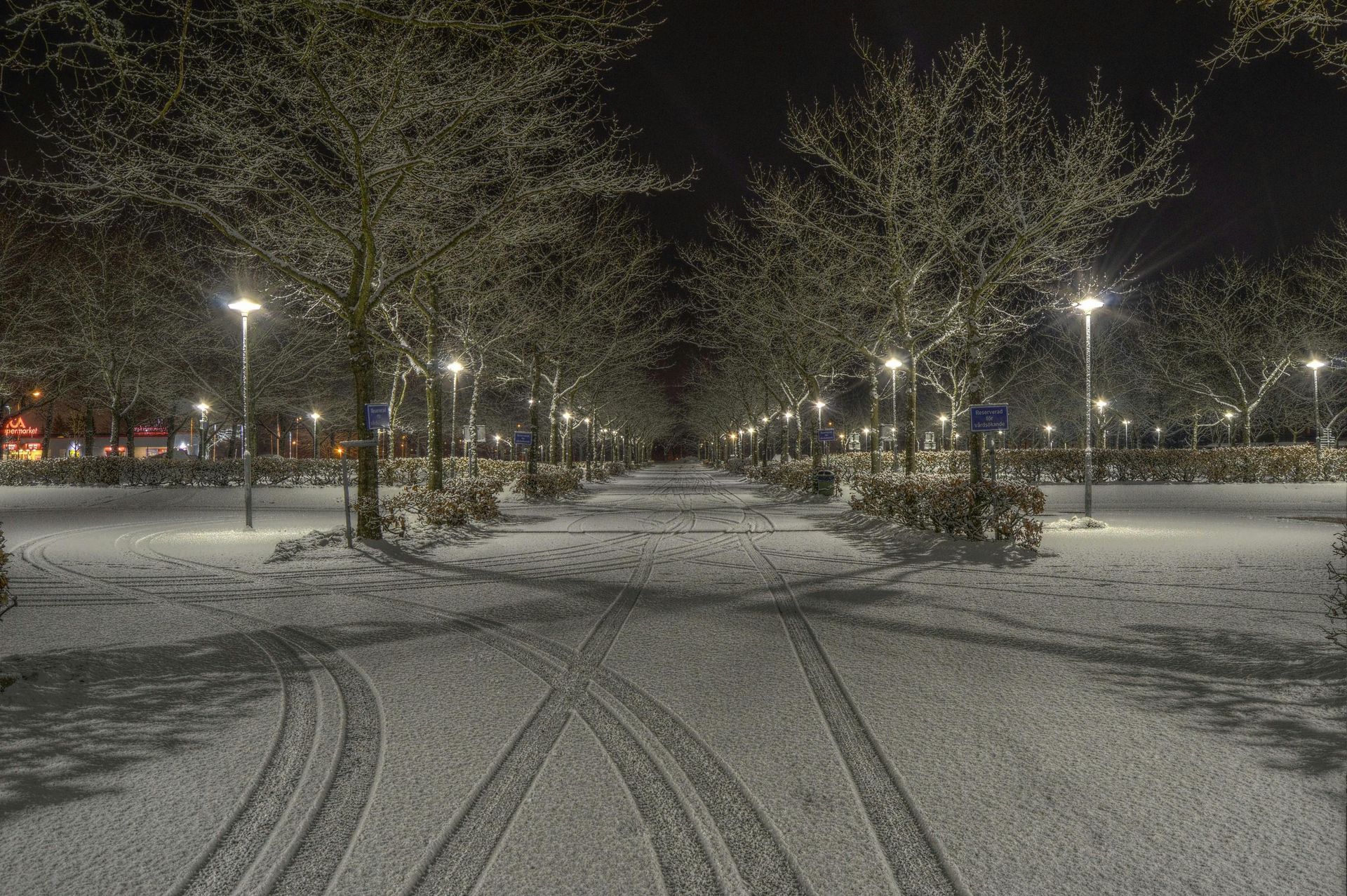Paving the Way for Winter Wonders with Asphalt
Winter is coming, and with it comes a flurry of questions about home improvement and construction projects. One common query is whether asphalt can be installed during the colder months. This blog post is here to guide homeowners, construction firms, and DIY enthusiasts through the chilly challenge of winter asphalt installation. Read on to discover the ins and outs of this cold-weather conundrum and learn how to successfully pave when the mercury drops.

Understanding Asphalt's Cold Weather Challenges
Installing asphalt in cold weather presents unique challenges that can affect the quality and longevity of the pavement. The primary concern is temperature, as colder conditions can cause the asphalt to cool too quickly, leading to improper compaction and reduced durability. One key factor is the temperature of the ground itself. Asphalt requires a warm surface to adhere properly, which is why most installations occur in warmer months. However, with the right techniques and materials, it's possible to achieve a successful installation even when temperatures dip.
Another challenge is equipment efficiency. Cold weather can affect the performance of machinery used in asphalt installation. Ensuring that equipment is in good working order and prepared for lower temperatures is crucial to overcoming these hurdles.
The Science Behind Asphalt Behavior in Winter
To understand how asphalt behaves in cold weather, it's essential to look at its composition. Asphalt is a mixture of aggregates and bitumen, which can become brittle in low temperatures. This brittleness can lead to cracking and other issues if not handled correctly during installation.
Thermal contraction is another factor to consider. Asphalt contracts as it cools, making it more prone to cracking. Proper compaction and mix design can help mitigate these effects, ensuring a longer-lasting pavement.Moisture also plays a role in asphalt's behavior. Cold weather often brings rain or snow, which can seep into the pavement and cause problems. Using proper drainage techniques and sealing the surface can help prevent moisture-related issues.
Ideal Conditions for Cold Weather Asphalt Installation
While cold weather presents challenges, certain conditions can make asphalt installation more feasible. One important factor is the ambient temperature. Ideally, the temperature should be above freezing to allow the asphalt to remain workable during installation.
Wind conditions are also crucial. Strong winds can cool the asphalt surface too quickly, hindering proper compaction. Choosing a day with minimal wind can improve the chances of a successful installation.Finally, humidity levels play a role. High humidity can increase the risk of moisture-related issues. Monitoring weather forecasts and planning accordingly can help avoid these complications.
Preparing Your Site for Winter Asphalt Projects
Proper preparation is key to a successful cold-weather asphalt installation. Begin by assessing the site for any potential issues, such as poor drainage or suboptimal soil conditions. Addressing these concerns before starting the project can prevent future problems.
Clearing the site of snow, ice, and debris is essential. A clean surface ensures better adhesion and compaction of the asphalt. Additionally, consider using a primer or tack coat to enhance bonding between the asphalt and the underlying surface. Temperature control is vital. It's crucial to keep the asphalt mix at the right temperature throughout the installation process. Insulating tarps and heated storage can help maintain the proper temperature and ensure optimal results.
Choosing the Right Asphalt Mix for Cold Weather
Selecting the right asphalt mix is critical for successful installation in cold weather. Cold mix asphalt, a blend of aggregates and emulsions, is designed specifically for use in colder conditions. It remains flexible and easier to work with, even when temperatures are low.
Hot mix asphalt, on the other hand, is typically used in warmer months. However, with proper temperature management and quick application, it can be used in cold weather installations when necessary. Warm mix asphalt offers another option. It requires lower production temperatures, making it more suitable for colder conditions. This mix reduces emissions and energy consumption, making it an environmentally friendly choice for winter projects.
Techniques for Effective Cold Weather Asphalt Compaction
Proper compaction is vital for asphalt durability and longevity. In cold weather, achieving the right level of compaction can be challenging due to rapid cooling. Using appropriate techniques and equipment can help ensure success. The first step is to work quickly. Cold weather installations require swift action to prevent the asphalt from cooling too much before compaction. Having a well-coordinated team and efficient equipment is essential. Using the right rollers is also crucial. Pneumatic-tired rollers are better suited for cold weather compaction, as they provide more consistent pressure and can adapt to temperature fluctuations. Ensuring the rollers are in good condition and pre-heated can further improve compaction results.
Importance of Timing and Scheduling in Winter Projects
Timing is everything when it comes to cold-weather asphalt installation. Scheduling your project during periods of milder temperatures can enhance the likelihood of success. Monitoring weather forecasts and being flexible with your timeline can help you capitalize on favorable conditions. It's also important to consider daylight hours. Shorter days in winter mean less time for work, so plan for efficient use of available daylight. Coordination among team members and equipment operators can maximize productivity within limited timeframes.
Being prepared for weather-related delays is essential. Having a backup plan in place ensures that your project can continue smoothly despite unforeseen challenges.
Common Mistakes to Avoid in Cold Weather Asphalt Installation
Avoiding common pitfalls is crucial for a successful cold-weather asphalt project. One common mistake is neglecting proper site preparation. Failing to clear snow, ice, and debris can lead to poor adhesion and subpar results. Another error is using the wrong mix. Selecting the appropriate asphalt mix for cold weather conditions is vital. Cold mix or warm mix options are generally better suited for lower temperatures.
Finally, overlooking temperature control can lead to rapid cooling and compromised compaction. Properly insulating materials and maintaining equipment efficiency can help mitigate these risks.
Seasonal Maintenance Tips for Cold Weather Asphalt
Proper maintenance is essential for prolonging the life of your asphalt pavement during winter months. Regular inspections can identify potential issues before they become significant problems. Sealing cracks and potholes is crucial to prevent moisture intrusion and further deterioration. Using cold patch materials can provide temporary fixes until more permanent repairs can be made. Implementing a snow and ice management plan is vital. Prompt snow removal and appropriate de-icing techniques can help protect your asphalt from damage caused by freeze-thaw cycles.
Pros and Cons of Cold Weather Asphalt Installation
Evaluating the advantages and disadvantages of cold-weather asphalt installation can help you make an informed decision. One benefit is the ability to complete projects during off-peak seasons, avoiding the rush of spring and summer. However, challenges such as temperature fluctuations and limited daylight can complicate the process. Proper planning, preparation, and execution are necessary to overcome these obstacles. Considering the pros and cons in conjunction with your project's specific needs will guide you in making the best choice for your situation.
Innovations in Cold Weather Asphalt Technology
Advancements in technology have made cold-weather asphalt installation more feasible. New materials and techniques continue to emerge, offering improved performance and durability. Research into temperature-resistant additives has yielded promising results, extending the workable life of asphalt in cold conditions. These innovations are helping to reduce the limitations traditionally associated with winter installations. Staying informed about the latest developments in cold-weather asphalt technology can provide additional options and strategies for your project.
Exploring Alternatives to Asphalt in Cold Weather
While asphalt is a popular choice for paving projects, alternative materials may also be suitable for cold-weather installations. Concrete, for example, is a durable option that can withstand temperature fluctuations. However, it requires specific curing conditions and may not be ideal for all projects. Gravel and pavers offer additional alternatives. While not as durable as asphalt, these materials can provide temporary solutions during winter months. Evaluating the pros and cons of each option in relation to your project's needs will help you determine the best material for your cold-weather paving project.
Final Thoughts on Asphalt Installation in Cold Weather
Successfully installing asphalt in cold weather requires careful planning, preparation, and execution. By understanding the challenges and employing the right techniques, materials, and equipment, you can achieve a durable and long-lasting pavement even when temperatures drop. The experts at Hamilton Pro Asphalt and Landscaping Company can answer any questions regarding anything asphalt!
For homeowners, construction firms, and DIY enthusiasts, navigating cold-weather asphalt installation is a valuable skill. By following the insights and tips shared in this blog post, you'll be well-equipped to tackle your next winter paving project confidently.
Are you ready to pave the way to winter wonders with asphalt? Explore additional resources and expert guidance to enhance your knowledge and skills further. With the right approach, your cold-weather paving project can be a resounding success.
The Aphalt Guys can be found at Hamilton Pro Asplalt and Landscaping 289-948-9924!
